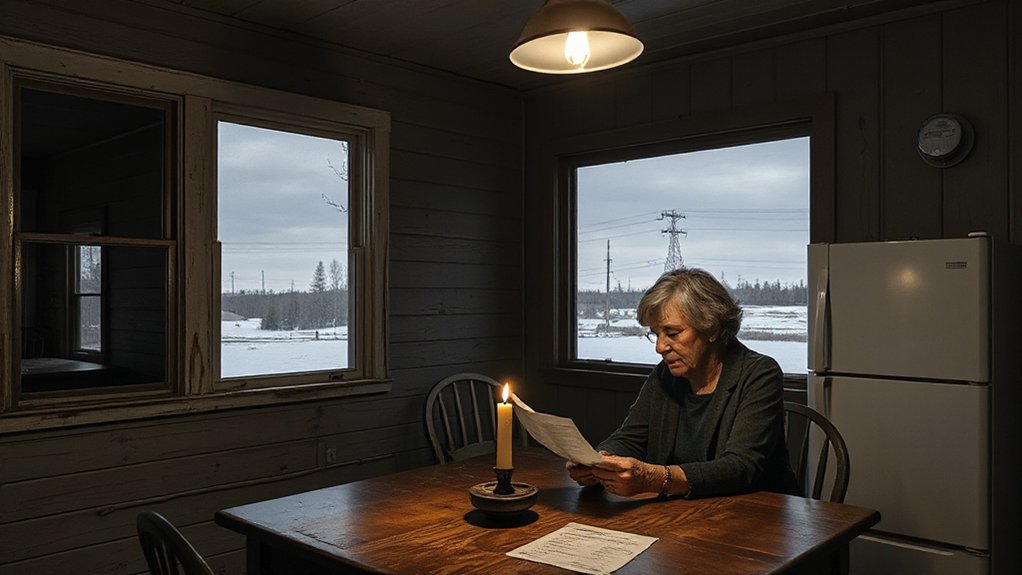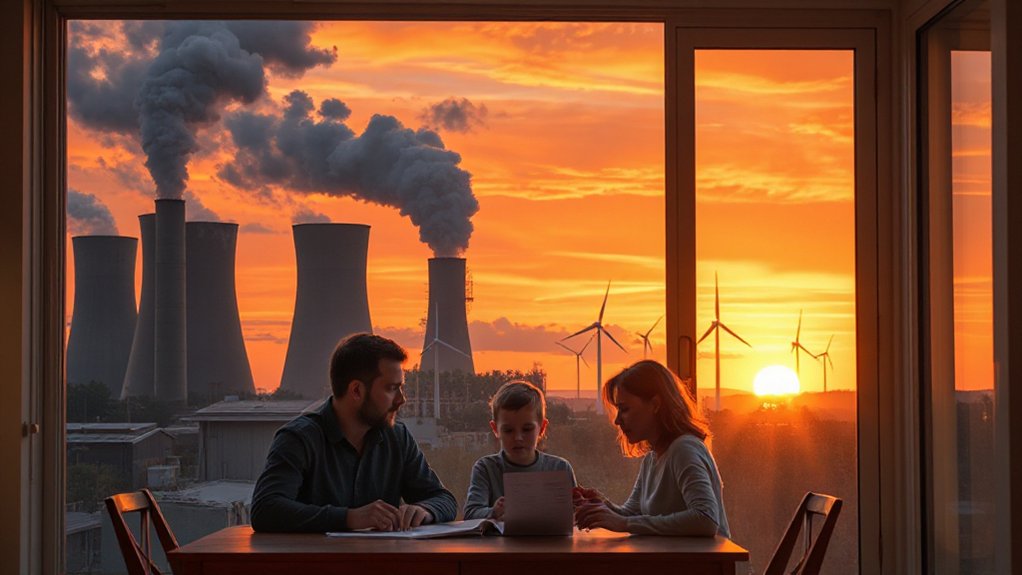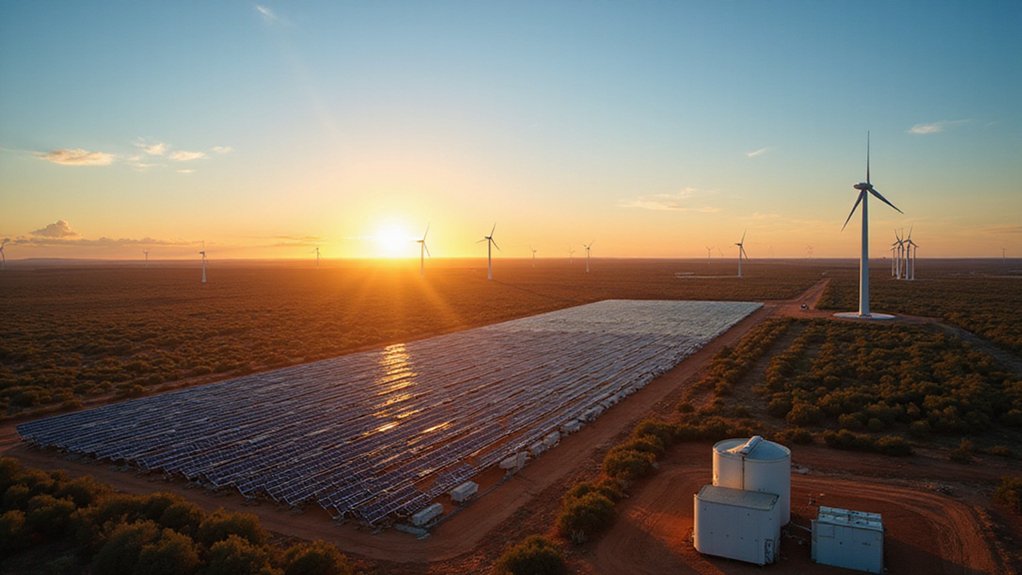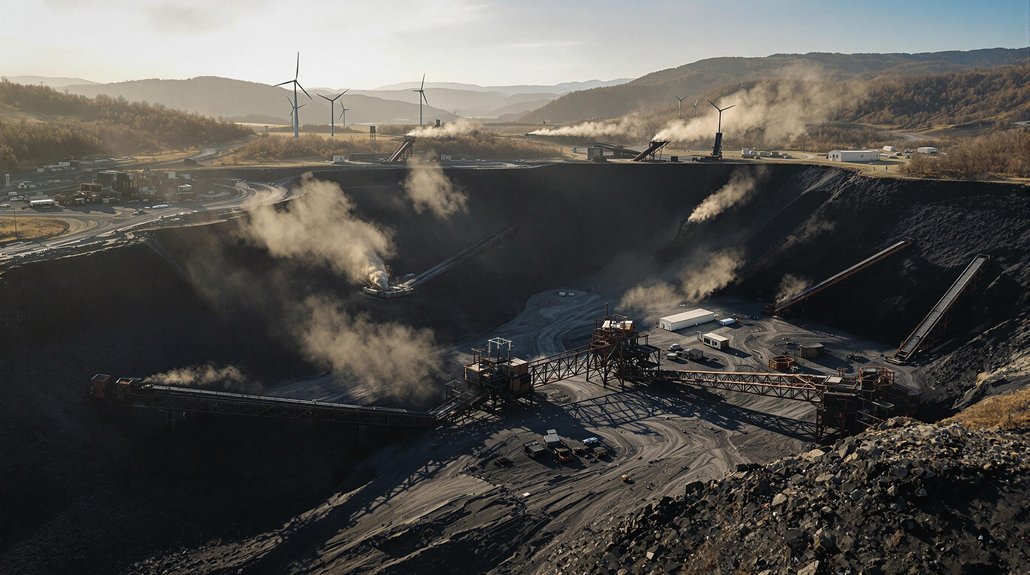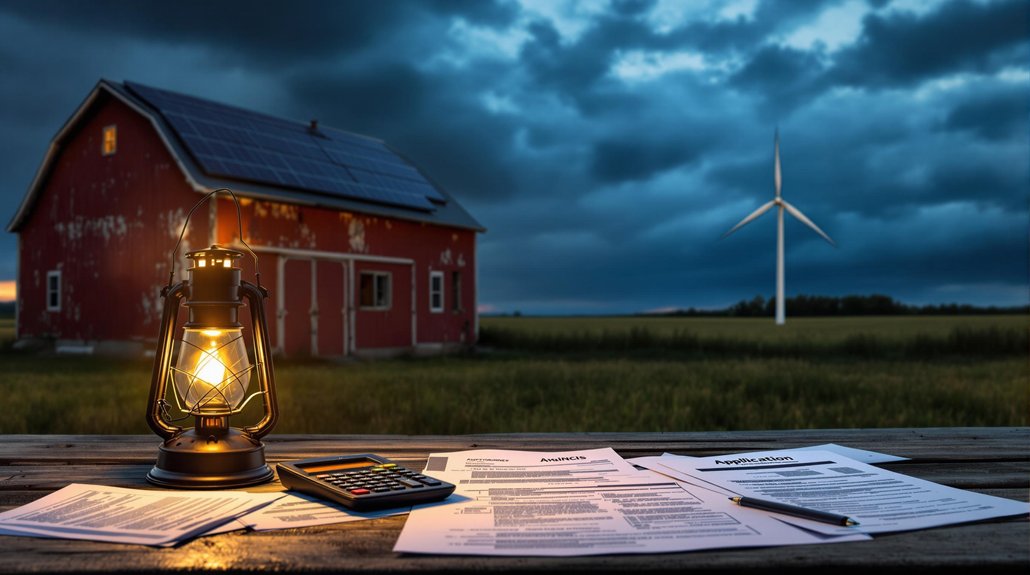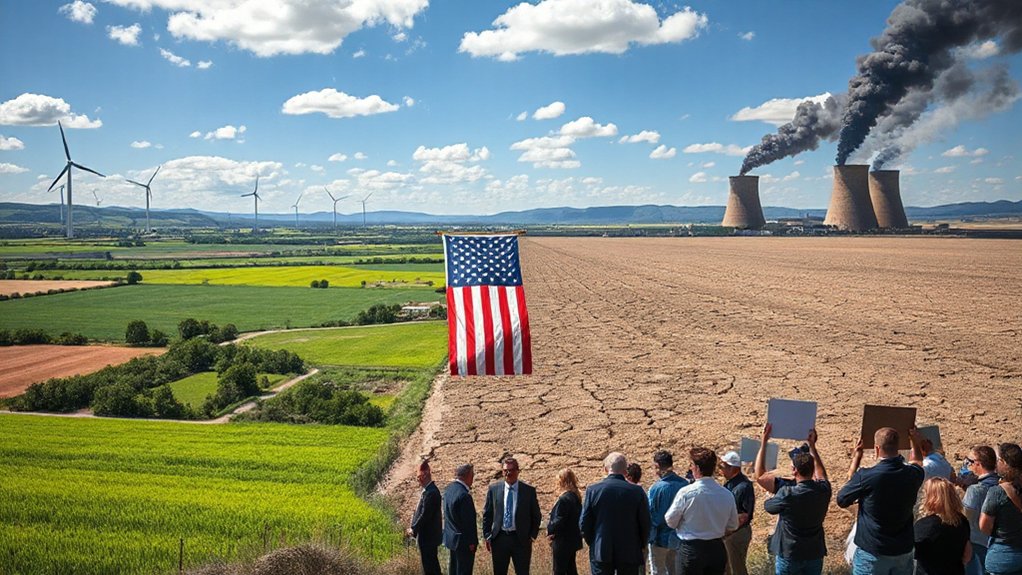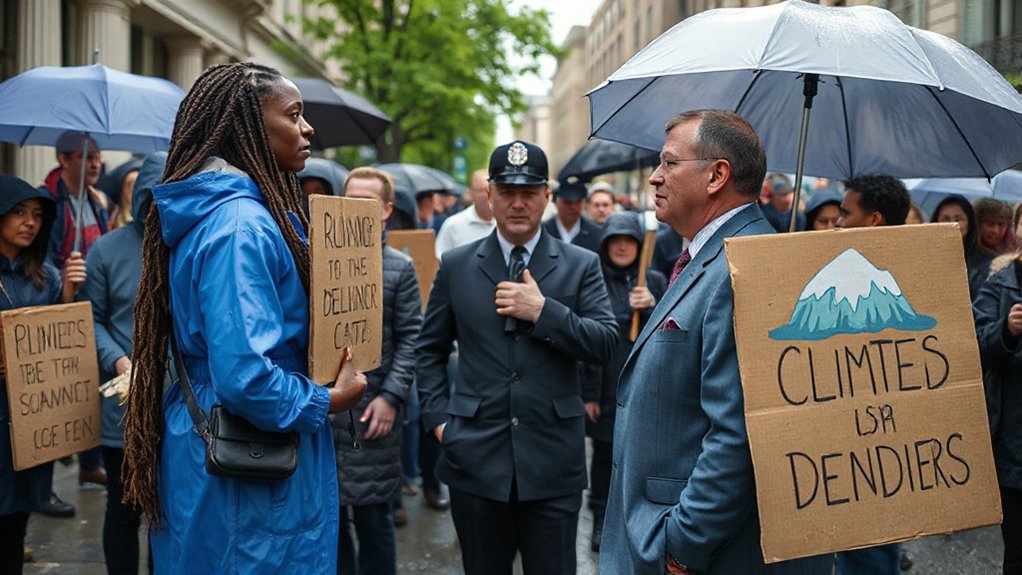While politicians debate climate policies and energy futures, American families are facing a stark reality at home: skyrocketing electricity bills. The numbers don’t lie. U.S. electricity rates jumped nearly 7% from June 2024 to June 2025, with some states hit way harder than others. Maine residents? They’re reeling from a 66% surge. Talk about bill shock.
Hawaii takes the crown for America’s most expensive electricity at a whopping 42.5¢ per kilowatt-hour. Why so high? They’re stuck importing fuel to an island in the middle of the Pacific. Genius location for affordable energy, right? The Northeast isn’t far behind, with Massachusetts, Connecticut, and Rhode Island all paying premium rates thanks to aging infrastructure and limited competition.
This isn’t just about annoying bills. It’s a crisis. Nearly 25% of American households struggled to pay summer energy bills in 2024. One-third of homes with children couldn’t afford to keep the lights on. People are making impossible choices – medicine or electricity? Food or heat? Some folks are burning trash to stay warm. In 2024. In America.
Commercial customers aren’t catching breaks either. Hawaii businesses shell out over $1,300 monthly on average. Just running a small shop could bankrupt you there.
The ripple effects are serious. High electricity costs slow down adoption of electric vehicles and heat pumps. Similar to Oregon’s planned power shutoffs during high-risk weather conditions, utilities across the country are implementing measures that often create additional hardships for consumers. Kinda hard to convince someone to go electric when charging costs an arm and a leg. Recent data shows inflation-adjusted prices have risen by 4.9% since 2021, making the transition to clean energy even more challenging.
Remote locations suffer most. Alaska’s isolated communities pay through the nose. Aging northeastern grids leak efficiency like a sieve. And proposed grid expansion projects? They might help long-term but expect more sticker shock upfront.
Policymakers are finally noticing. Massachusetts proposed the Energy Affordability, Independence, and Innovation Act. Others are expanding assistance programs. At least 41 states and Washington, D.C. are experiencing higher utility bills as this crisis spreads nationwide. But for now, millions of Americans continue making painful tradeoffs. The electricity bill or dinner tonight? Some choice.
References
- https://www.resources.org/archives/whats-happening-to-electricity-affordability-in-five-charts/
- https://www.americanprogress.org/article/residents-in-at-least-41-states-and-washington-d-c-are-facing-increased-electric-and-natural-gas-bills/
- https://poweroutage.us/electricity-rates
- https://ember-energy.org/latest-insights/us-electricity-2025-special-report/
- https://www.bls.gov/cpi/notices/2024/publication-changes.htm
- https://www.eia.gov/outlooks/aeo/
- https://www.eia.gov/electricity/monthly/epm_table_grapher.php?t=epmt_5_6_a
- https://powerlines.org/utilities-have-requested-29-billion-in-rate-hikes-for-2025-surpassing-2024/
